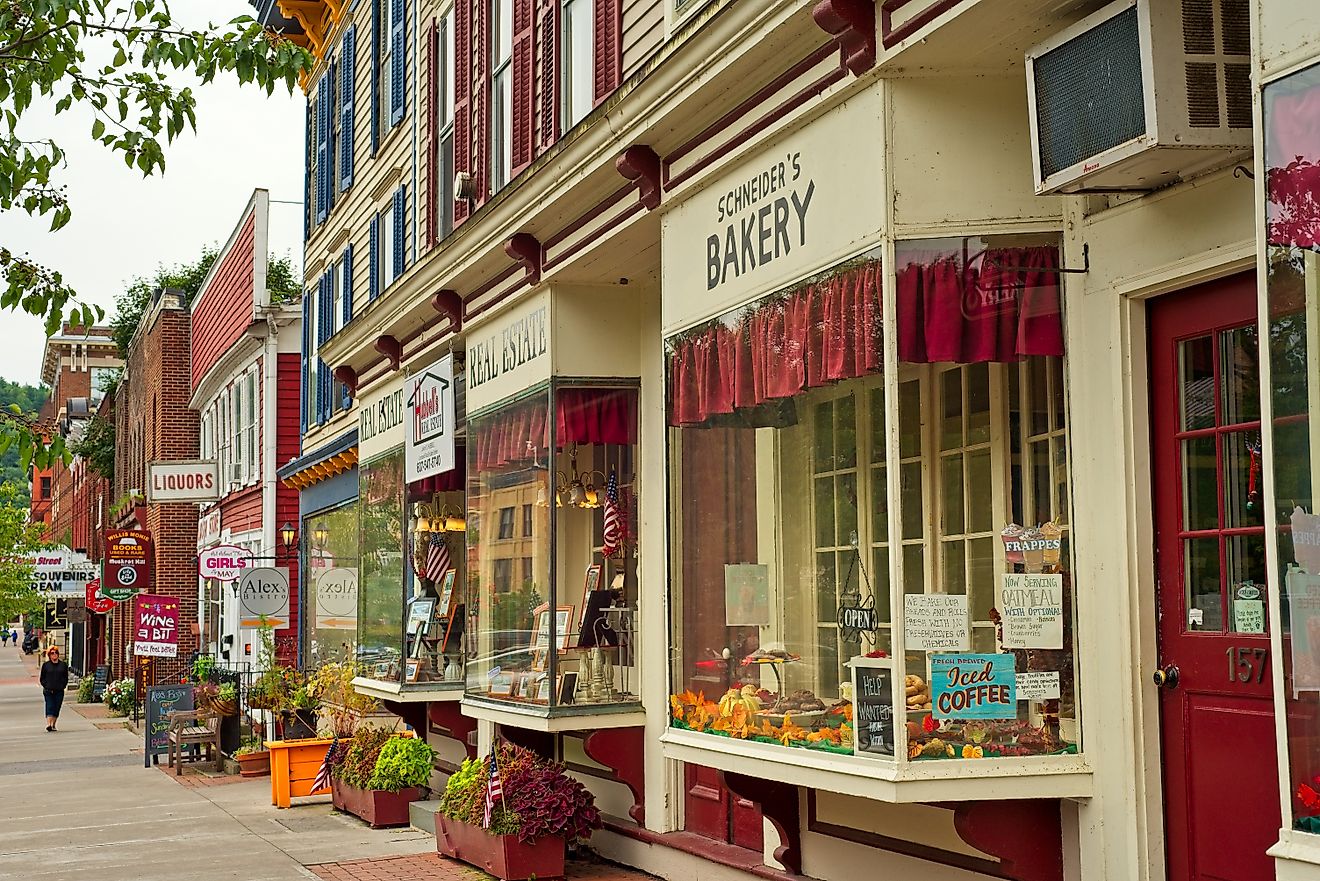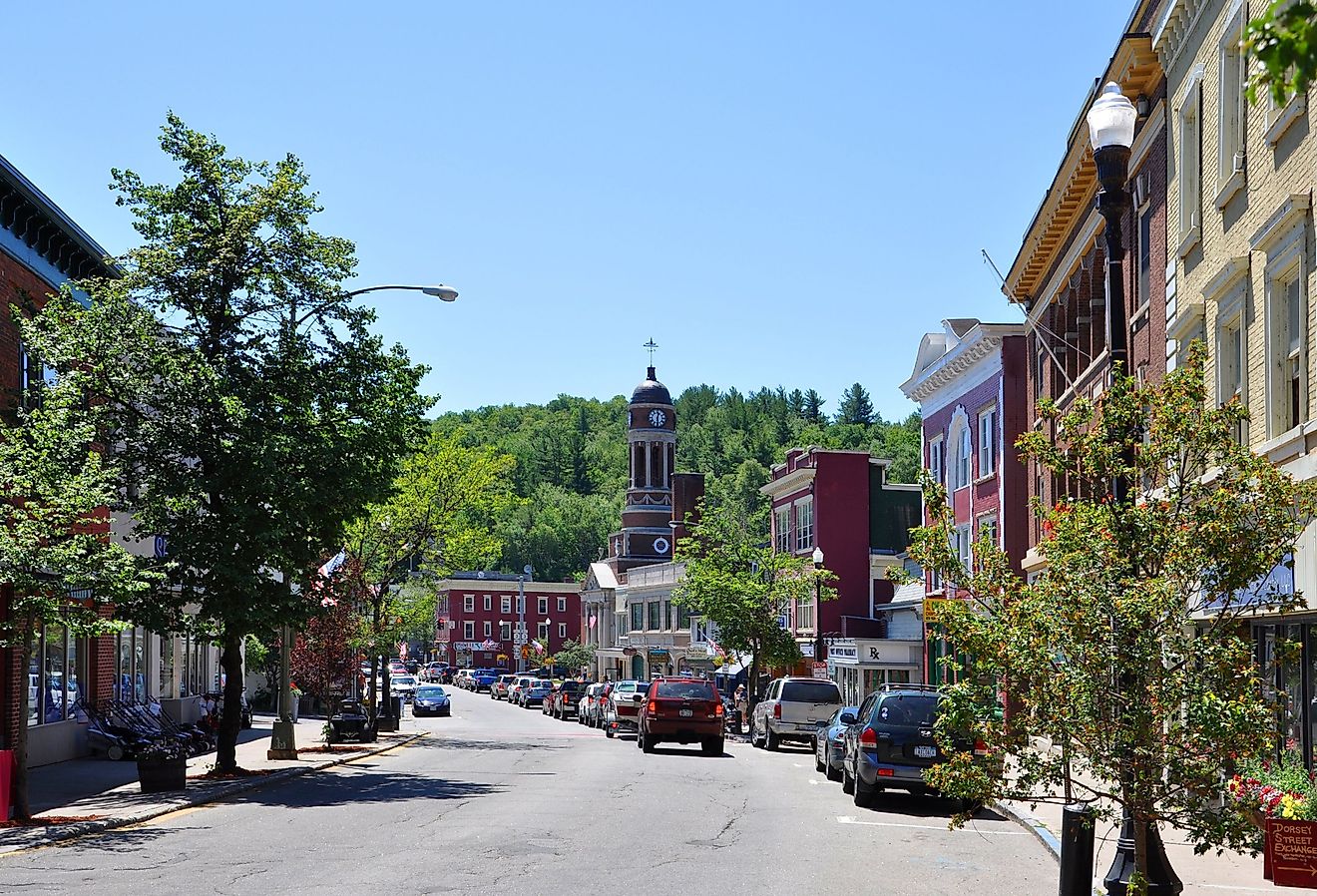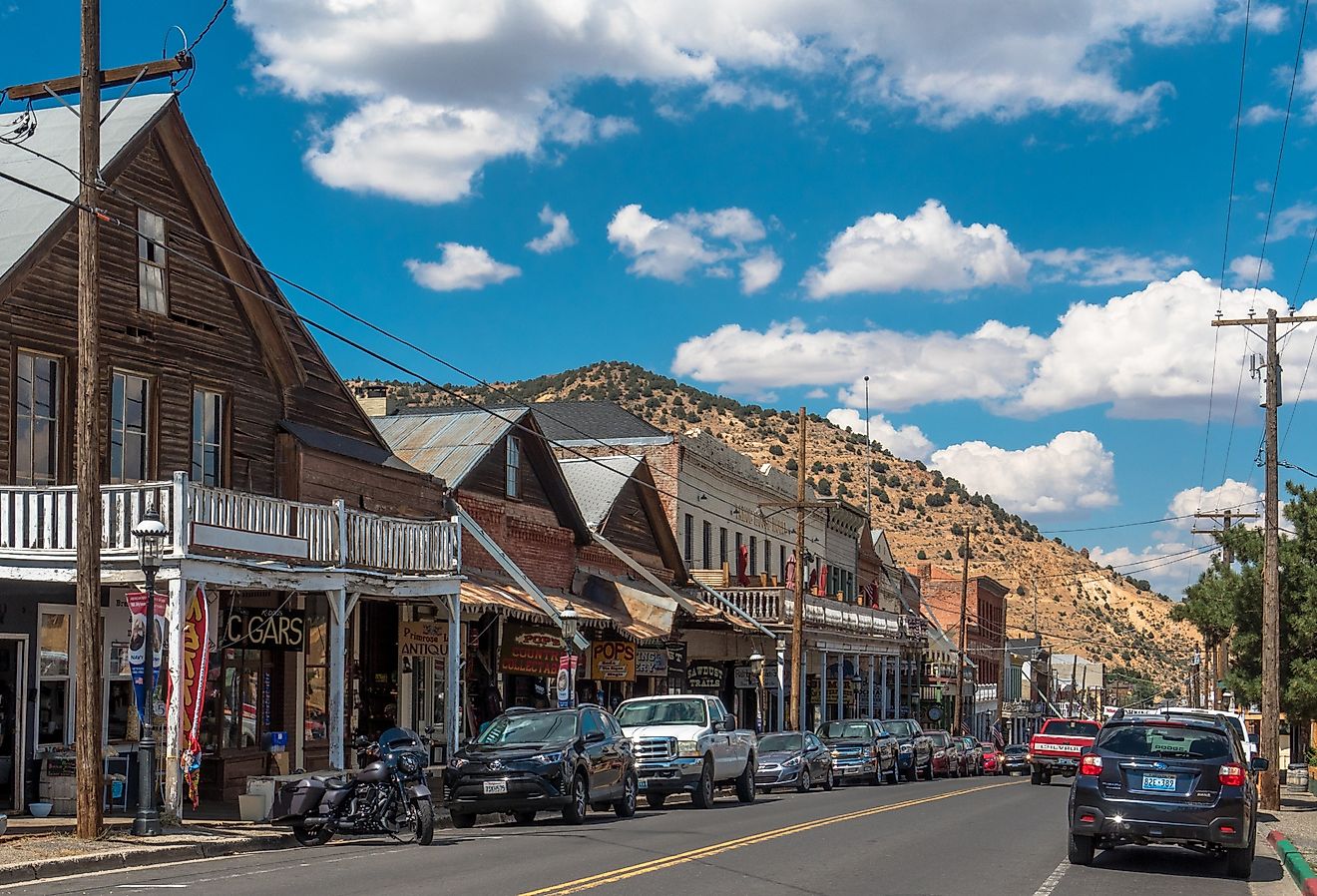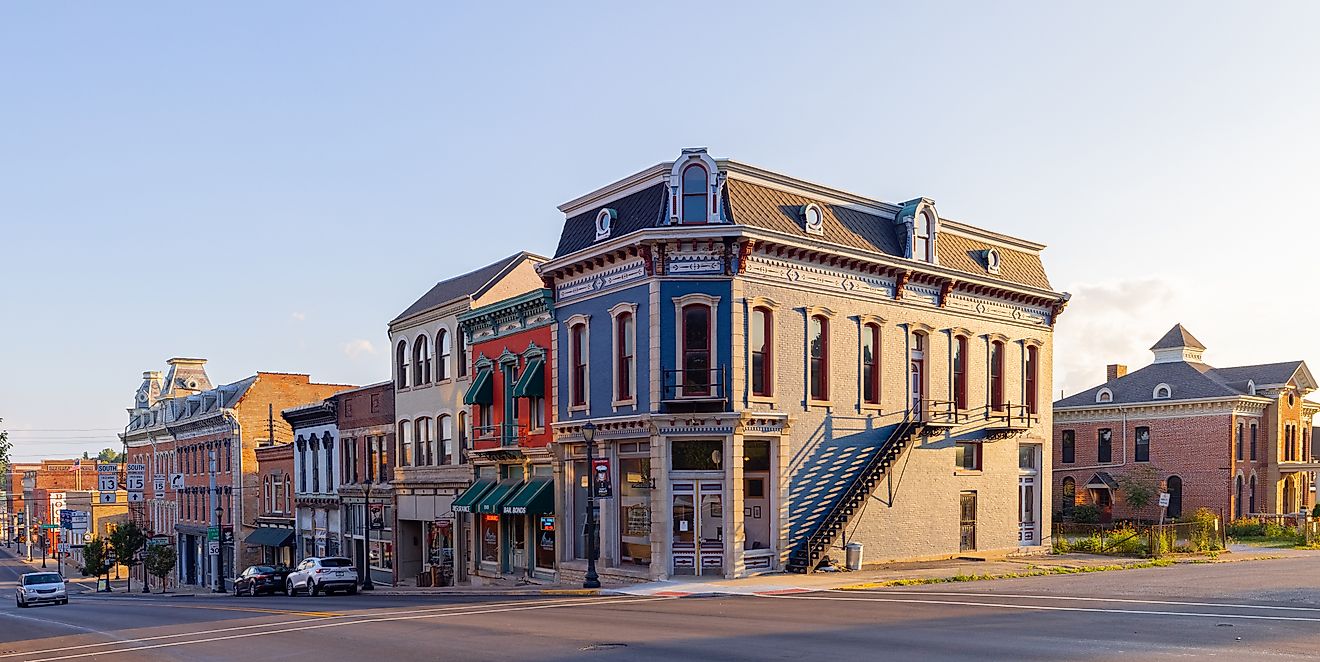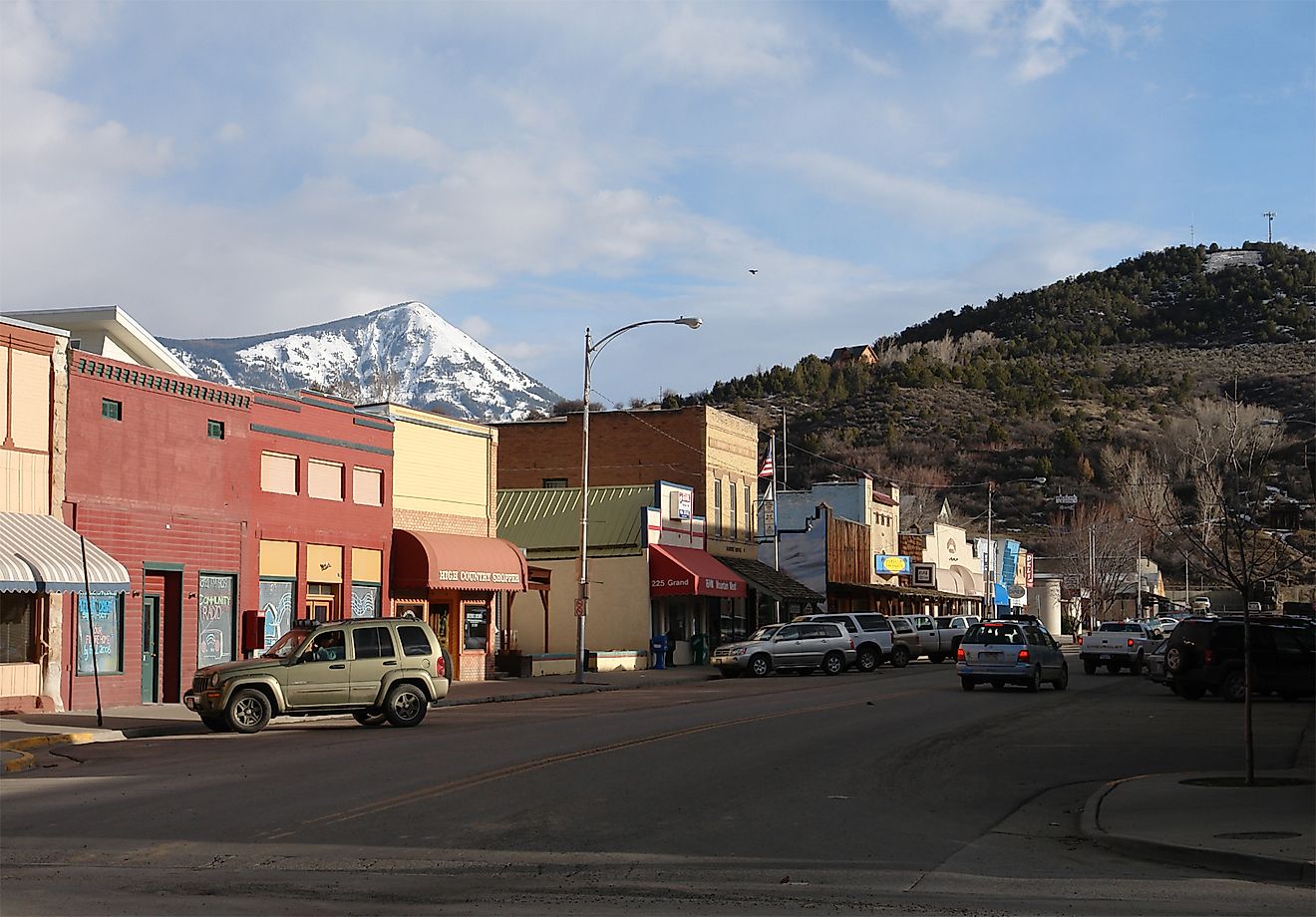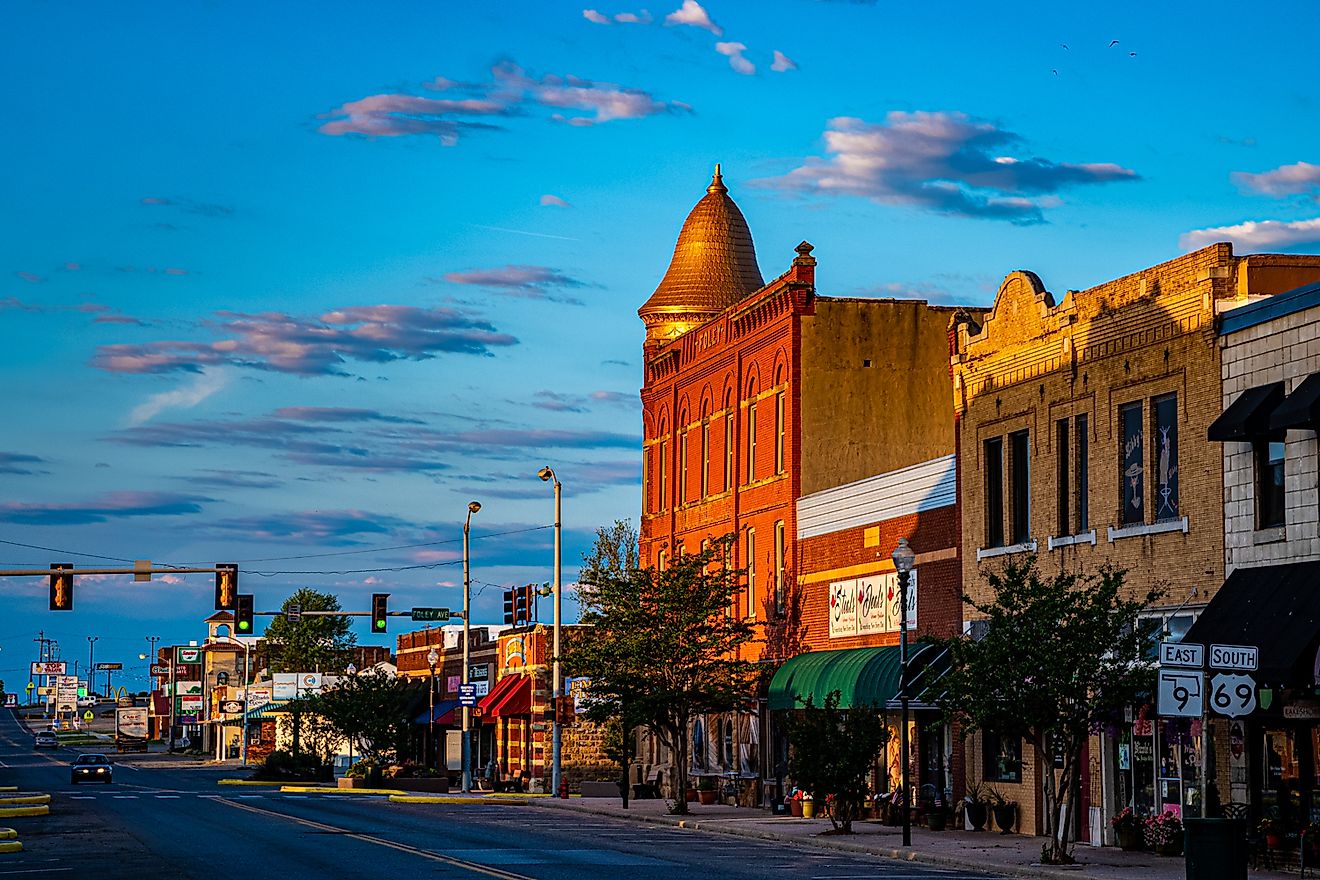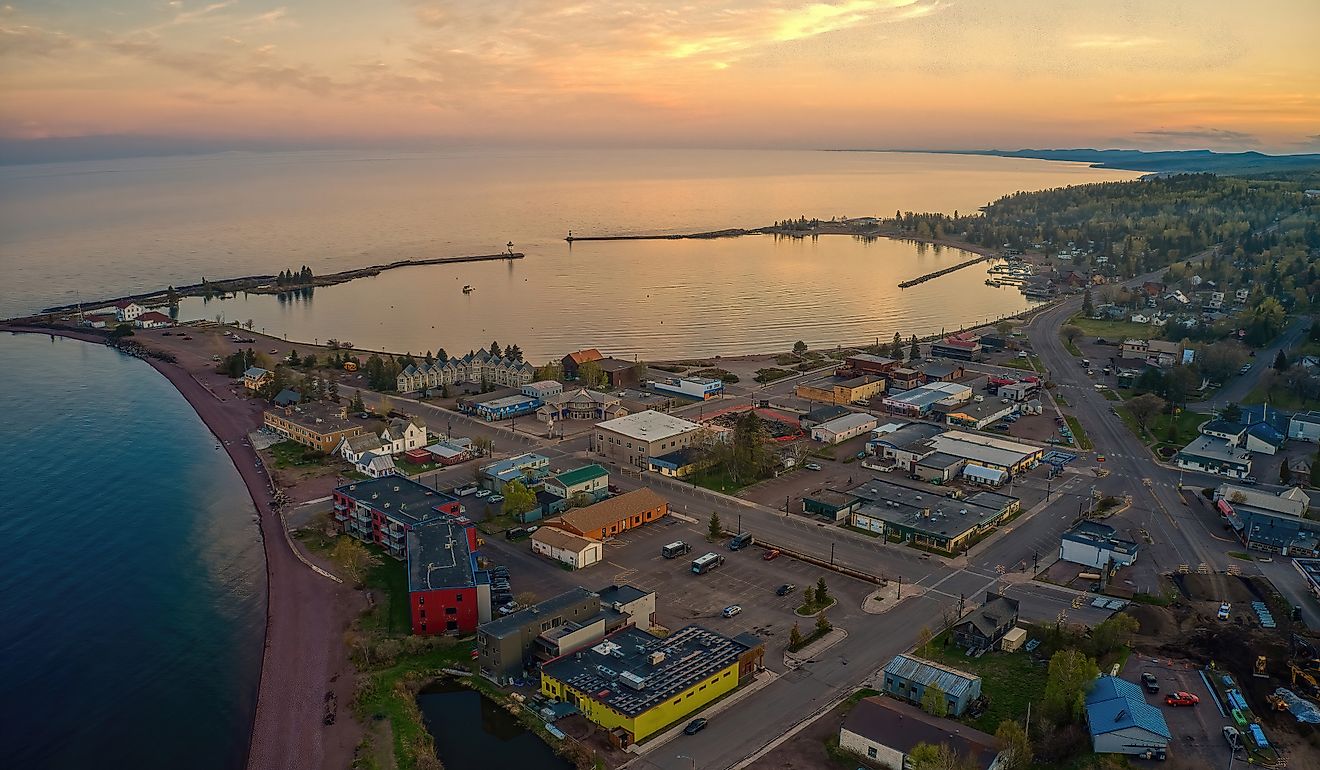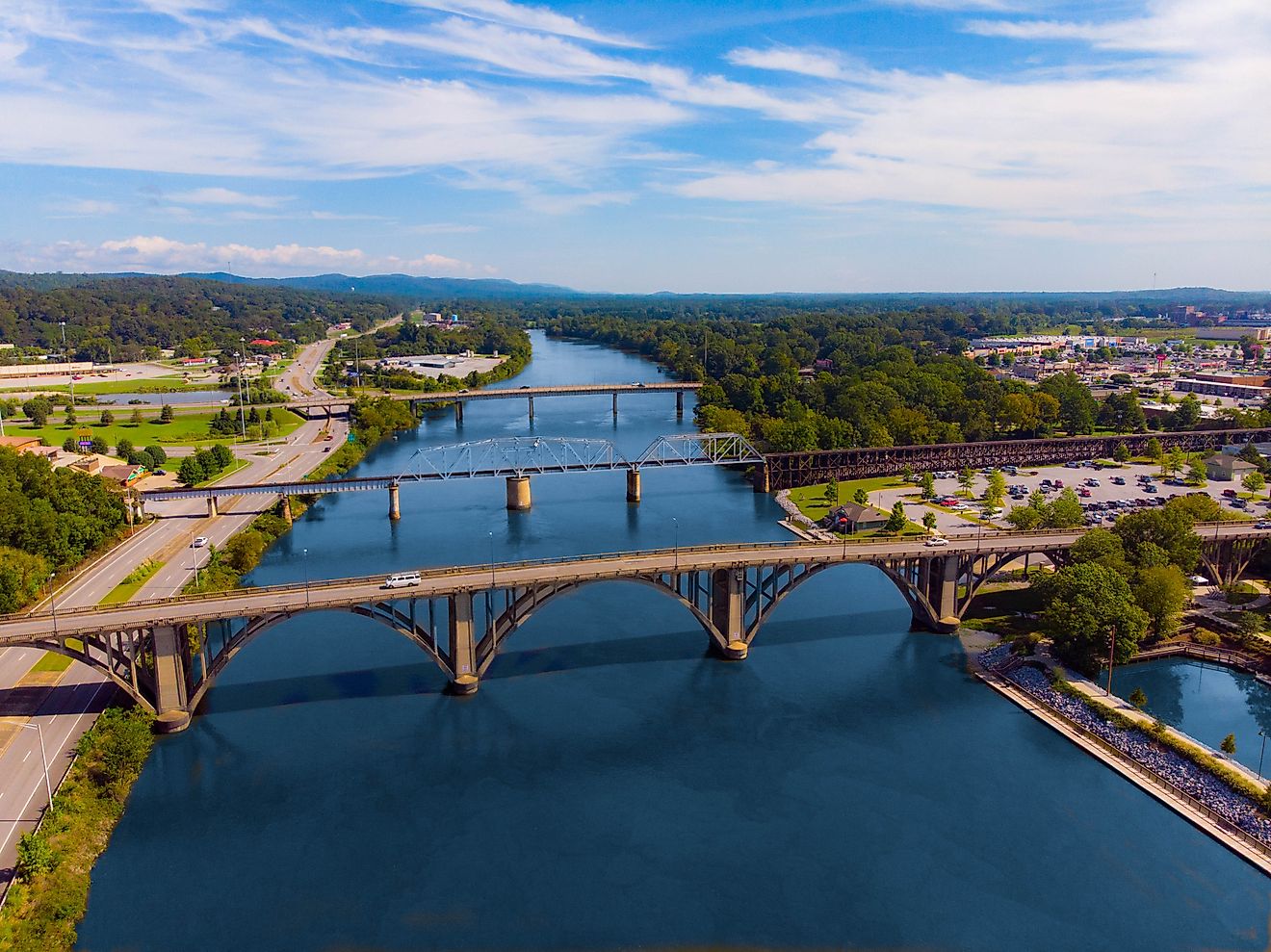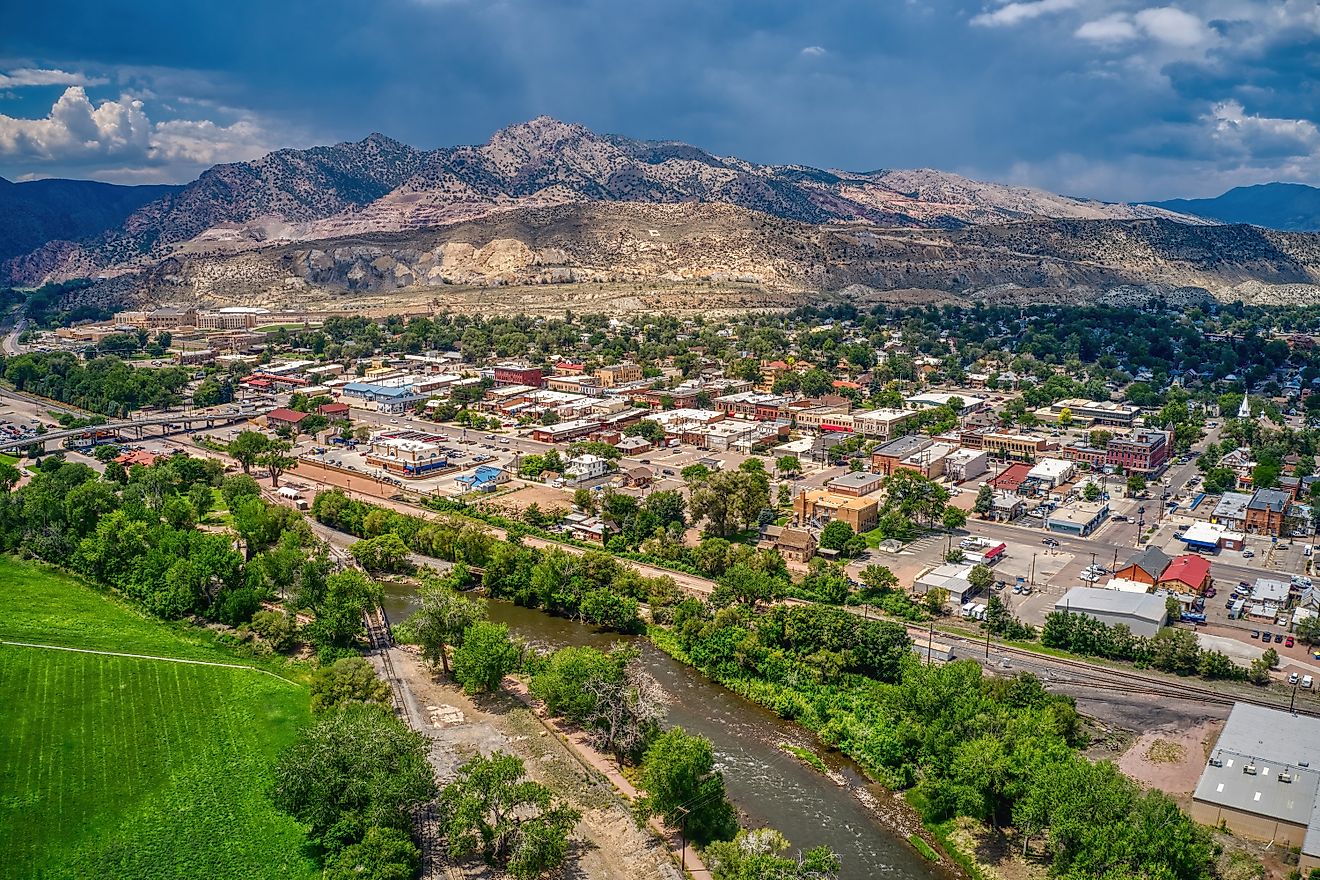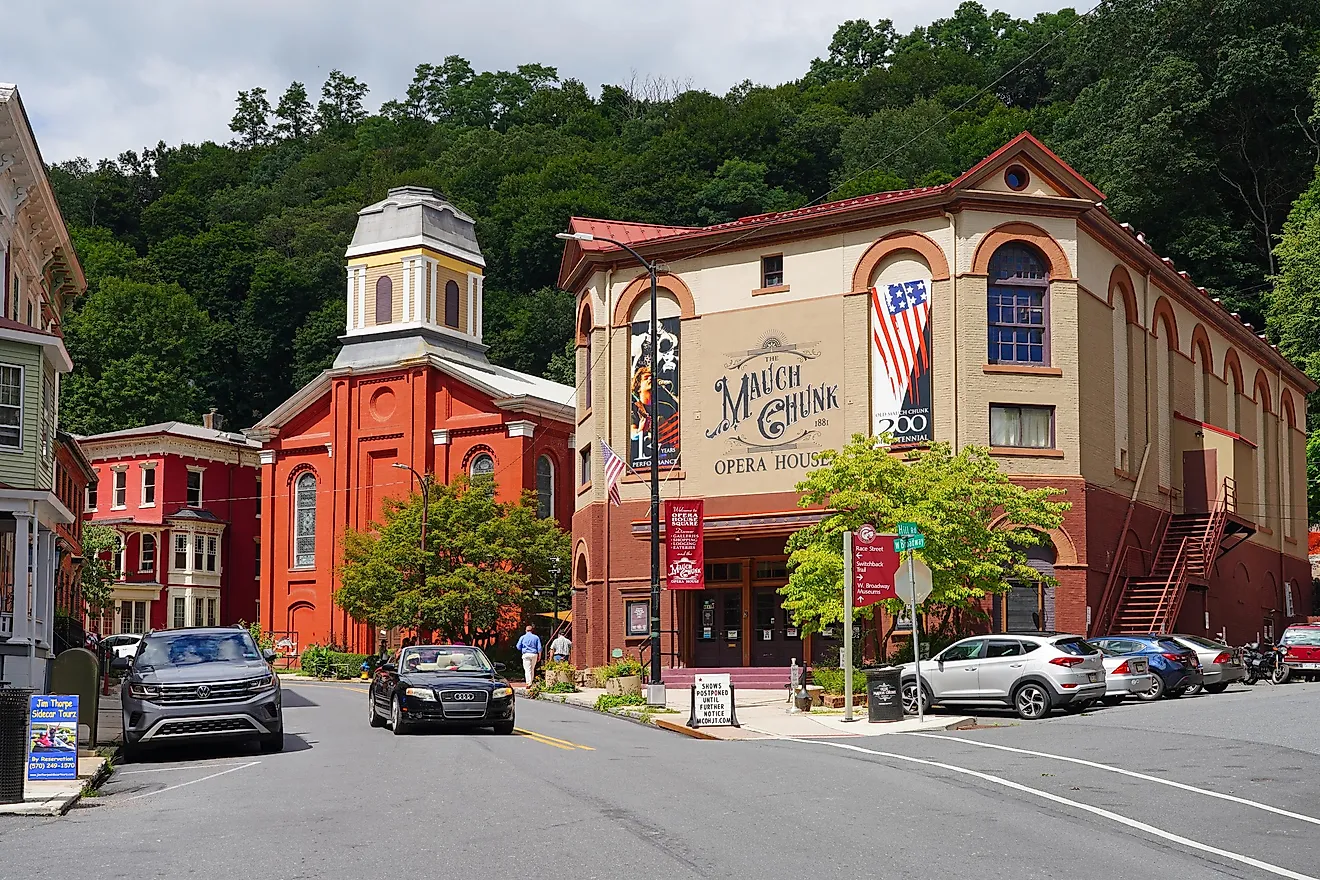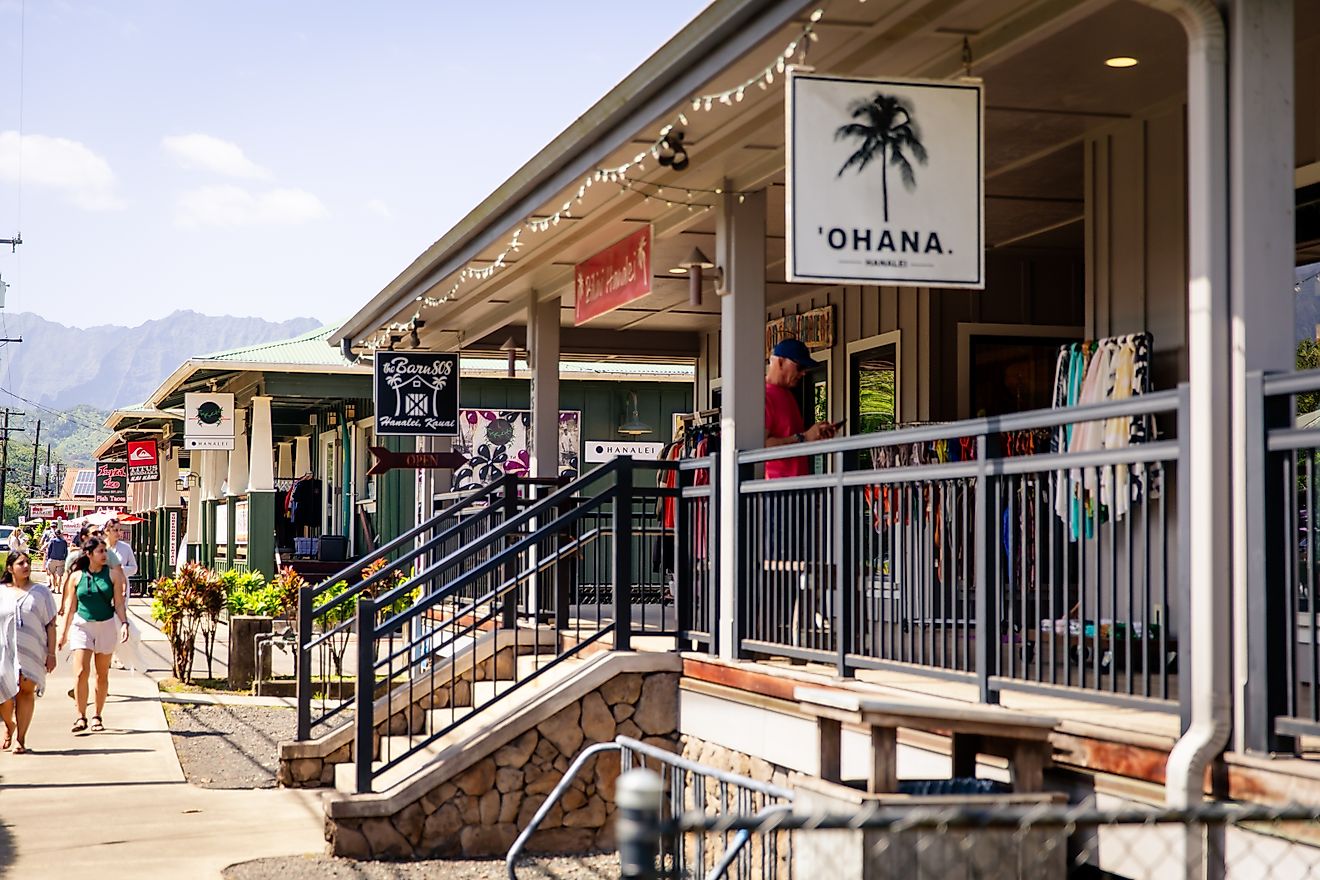
Horseheads, New York
Horseheads is a village in New York State. It is the only village in the whole United States dedicated to the service of the American Military Horse. Its history and namesake are directly attributed to the service of military horses during the American Revolutionary War. The village itself was first settled in the early 19th century. It was initially an important port for ships traveling on a local canal. During World War II, the village served as a supply depot for the US Army. Today, the village bills itself as the gateway to the Finger Lakes region and Upstate New York.
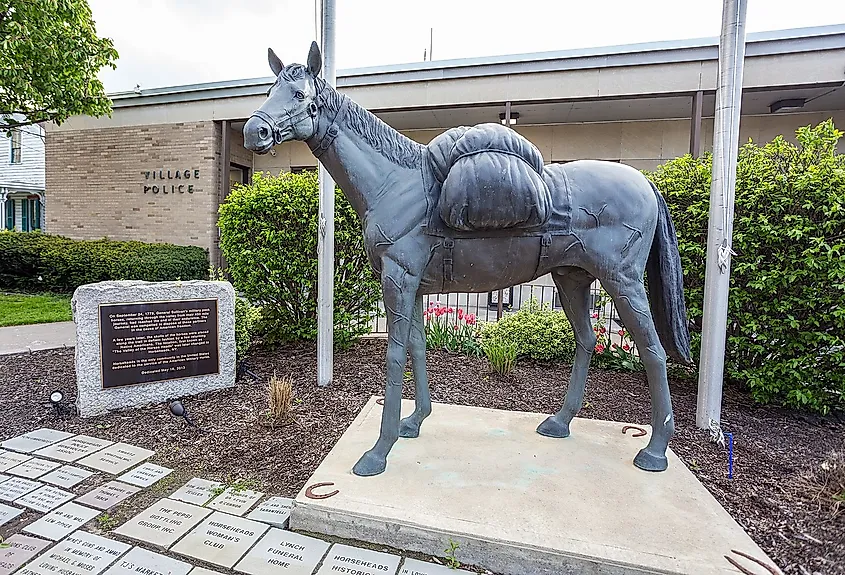
Geography Of Horseheads
Horseheads is located in the Southern Tier Region of New York State, 8 km north of downtown Elmira. It is situated at the low point of the St. Lawrence Continental Divide, which separates the Susquehanna River watershed to the south and the Lake Ontario watershed to the north. To the east of the village is Newtown Creek, which flows south to the Chemung River, a tributary of the Susquehanna. The town of Big Flats is situated to the west of Horseheads. The Village of Horseheads is part of the Town of Horseheads, including Horseheads North and part of Elmira Heights, located to the north and south of the Village of Horseheads, respectively. The village has a total area of 10.1 sq. km.
Population Of Horseheads
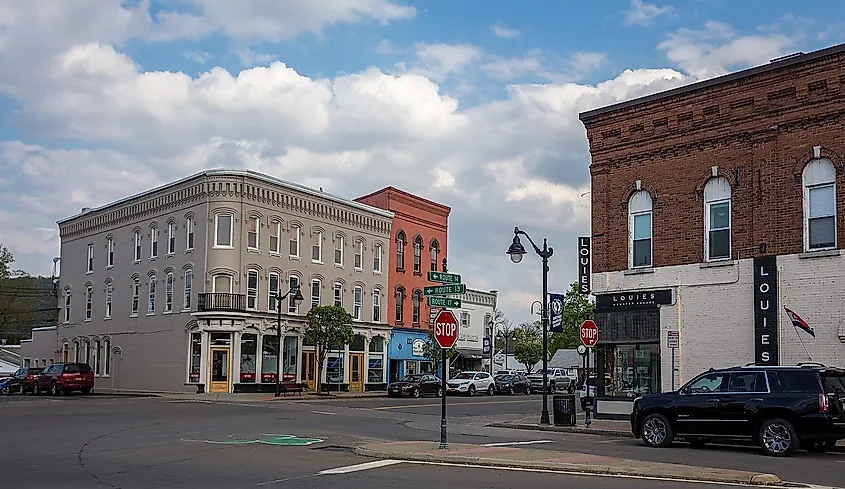
The population of the Village of Horseheads is 6,256. Nearly 90% of this population is white, of which almost all are of non-Hispanic origin. People of mixed racial heritage make up just over 5% of Horseheads’ population, while Asians make up 2.76% and African Americans 2.13%. More than 91% of the village’s people speak only English. Asian and Pacific Island languages are spoken by 4% of the population, Spanish by 2.4%, and other Indo-European languages by 2.3%. Over 93% of the Village of Horseheads’ population were born in the United States. 67.73% were born in the village itself, and 6.3% were born abroad.
Economy Of Horseheads
The average household income in the Village of Horseheads is $65,179, and the poverty rate is 5.87%. The largest industries in Horseheads in terms of the number of employees are healthcare and social assistance, manufacturing, and retail trade.
History Of Horseheads
In September 1779, during the American Revolutionary War, forces commanded by General John Sullivan marched north for 720 km, from Easton, Pennsylvania, over to Wyoming, PA, and on up the Susquehanna River Trail to Elmira, NY. They then continued north through what is now Horseheads to the Finger Lakes Region and west to Geneseo. General Sullivan and his troops were on a mission to confront Loyalists and their Iroquois allies. They returned on roughly the same route they came, but by the time they arrived at the site of the future Village of Horseheads, their horses could not go any further. Thus, for humanitarian reasons, General Sullivan had them euthanized. A few years later, some Native Americans arranged the skulls of these dead horses along the route used by General Sullivan as a warning to any prospective white settlers that they would share the same fate if they tried to settle in the area. From this point forward, the area was known as the “Valley of the Horses Heads,” though it was later shortened to Horseheads.
However, the village itself did not get its start until around 1830. It was initially incorporated in 1837 as “Fairport” because of its location on the Chemung Canal. The office of the Toll Collector was located in the village, where all boats and barges were required to stop, have their cargoes weighed, and pay tolls on them. Due to public pressure, the village's name was changed to Horseheads in 1845, echoing the old name given to the location during the Revolutionary War. In 1885, the name was changed again to North Elmira. Just one year later, however, it was changed back to Horseheads.
In 1942, the US Army established the Holding and Reconsignment Point in Horseheads, taking advantage of the extensive railroad network in the area. It was staffed by thirty officers and men from the Army Transportation Corps. There were also 500 civilian men and women stationed there. This holding point was one of only ten places in all of the United States that served as a place for the US Army to collect and store military supplies and equipment, which included tanks and weapons that were shipped overseas to assist in the war effort during World War II. Two years later, groups of German and Italian POWs came to work at the Holding Point, though the Germans only worked there for two weeks before being moved elsewhere. After WWII, the Holding Point was sold and later became an important industrial site in the area.
Attractions In Horseheads
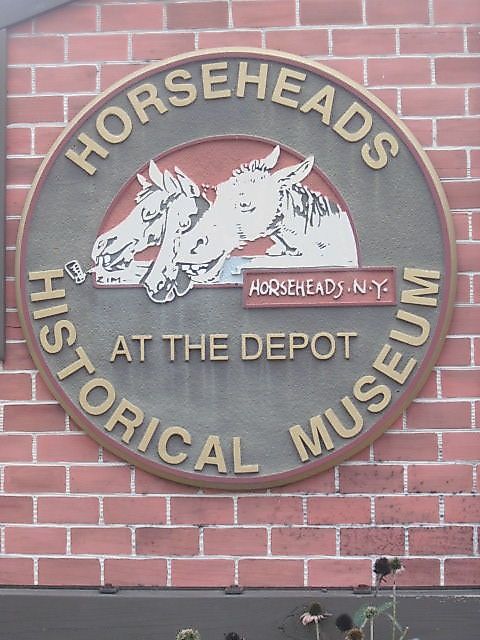
Horseheads is home to several historical sites. Among them is the Depot Museum, which is housed in what was known as “Pennsy” Station, a station of the Pennsylvania Railroad. The station was built in 1866 to replace a previous wooden depot that burned down two years prior. It was made from brick that was produced right in the village. The depot served as a railroad station until 1956. It was then used as a storage site for the owner of a nearby mill until 1994 when another private owner purchased it, who sold it to the Horseheads Historical Society one year later. Renovations to the depot began in 1997, and two years later, the Depot Museum was opened to the public.
Another notable historical attraction in Horseheads is the Zim House, named after its famous resident, Eugene Zimmerman (1862-1935). Zimmerman, nicknamed Zim, was a world-famous cartoonist and was a very active community member. He and his father-in-law established the bandstand in Teal Park, which still stands today, and is now home to the Teal Park Concert Series. The Teal Park Bandstand is also on the National Registrar of Historic Places.
